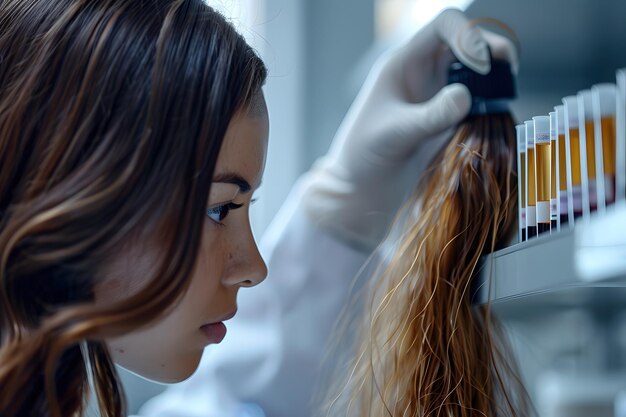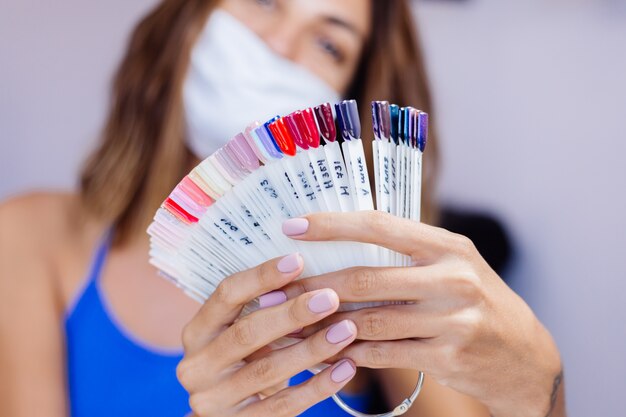Collecting hair samples from brushes research irb guidelines

Have you ever thought about the science behind hair samples? Collecting hair samples from brushes is a fascinating area of research that holds significant potential, whether in forensic studies or genetic analysis. However, diving into this research isn’t just about gathering samples; it’s essential to navigate the ethical landscape through Institutional Review Board (IRB) guidelines.
What Are IRB Guidelines?
Before we get into the nitty-gritty of hair collection, let’s clarify what IRB guidelines are. An Institutional Review Board (IRB) is a group that reviews research proposals to ensure ethical standards are maintained. Their primary purpose? To protect the rights and welfare of research participants. Understanding these guidelines is crucial for any researcher venturing into hair sample studies.
Importance of Ethical Considerations
Why should you care about ethical considerations? Because they’re the backbone of responsible research. Collecting hair samples involves intimate aspects of a participant’s identity and can raise privacy concerns. Obtaining informed consent and ensuring participant confidentiality are paramount to conducting ethical research.
Why Hair Samples?
You might wonder, why focus on hair samples? Hair can provide valuable insights, especially in forensic science for identifying individuals or in genetic studies to understand hereditary traits. The biological makeup of hair can reveal a lot about ancestry, lifestyle, and even health.

Preparing for the Study
Before jumping into sample collection, researchers must define clear objectives. What do you aim to achieve? Identifying your target population is also critical. Who will provide the samples? Understanding your subjects lays the groundwork for a successful study.
Sampling Methods
When it comes to collecting hair samples, there are various methods to choose from. You can opt for direct collection from participants or gather strands from personal items like brushes. Each method has its pros and cons, from ease of access to potential contamination issues. Make sure to weigh these factors carefully!
Obtaining IRB Approval
Ready to take the plunge? You’ll need IRB approval. This process involves submitting your research proposal to the board, outlining your study’s objectives, methods, and how you’ll handle ethical concerns. Key elements like participant safety and informed consent must be front and center in your application.
Informed Consent Process
Speaking of consent, let’s discuss how to craft an effective consent form. Clarity is crucial here! Your form should explain the study’s purpose, what participation involves, and any risks involved. Transparency fosters trust, which is essential for recruiting participants.
Collecting Samples: Step-by-Step Guide
Now for the fun part—collecting the samples! Here’s a quick rundown:
- Pre-collection preparations: Gather your materials and ensure a clean workspace.
- Actual collection procedures: Explain the process to participants, whether collecting from brushes or directly from their heads.
- Post-collection handling and storage: Store samples in labeled, sterile containers to avoid contamination.
Data Management and Confidentiality
Once you have your samples, managing the data becomes crucial. Ensuring participant anonymity is vital. Use coding systems to identify samples without revealing personal information, and adhere to best practices in data storage to keep everything secure.

Read Also: openhouseperth-net-insurance
Analyzing Collected Samples
Laboratory analysis can reveal a wealth of information. From identifying substances in the hair to genetic testing, ensure that you interpret the results responsibly, keeping in mind the ethical implications of your findings.
Reporting Findings
When it comes time to share your results, remember the ethical considerations involved. How will your findings impact your participants and the broader community? Strive for transparency and responsibility in reporting, always prioritizing the welfare of those involved.
Conclusion
Collecting hair samples from brushes research irb guidelines for research can be a rewarding endeavor, provided that ethical guidelines are meticulously followed. From understanding IRB processes to ensuring informed consent, navigating this journey requires diligence and responsibility. As research methodologies evolve, so too does the need for ethical standards that protect participants and enrich the scientific community.
FAQs
What is an IRB?
An IRB is a committee that reviews research proposals to ensure ethical standards are upheld and participant rights are protected.
Why are hair samples used in research?
Hair samples can provide insights into genetics, forensics, and health, making them valuable in various scientific fields.
How do I ensure participant consent?
Create a clear, comprehensive consent form outlining the study’s purpose, procedures, and any risks involved.
What are the risks of collecting hair samples?
Risks may include privacy concerns and potential psychological impacts on participants regarding their genetic information.
How is confidentiality maintained?
Use coding systems for sample identification, keep data secure, and limit access to sensitive information.



